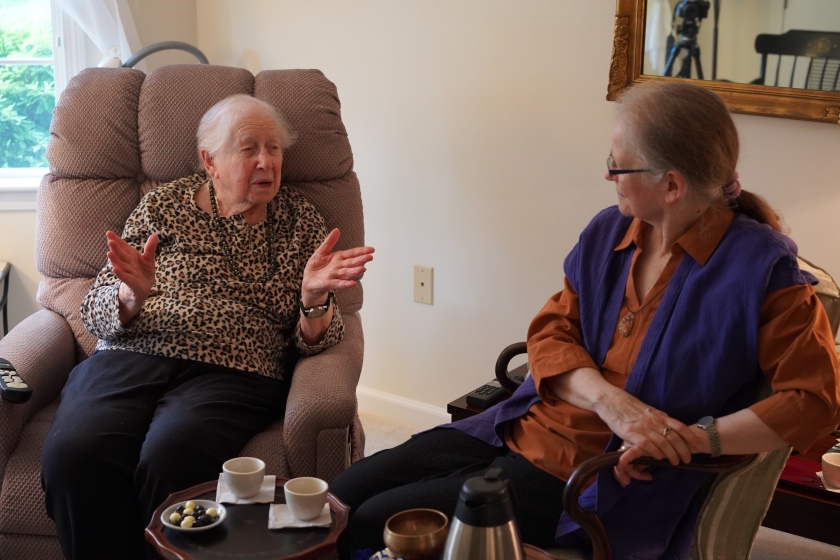
Tea and dialogue in an older adult’s home (photo by Jeff Klein)
The simple Chinese restaurant teacups and thermal carafe we used are visible as Sally shares her story about all that she noticed during a walk in the woods along a dirt road.
On June 21, 2019, I made decaffeinated green tea in a thermal carafe, checked that the temperature was between 160- and 165-degrees Fahrenheit, and packed it along with teacups and a singing bowl. Jeff Klein gathered his video equipment and we went together to visit my 97-year-old mother. We hoped to capture the adaptability of tea and dialogue practice while also showing how well it works to bring it to older adults who may find it difficult to travel. A few still photos were added to help viewers relate to the memories we shared.
Video of tea and dialogue in an older adult’s home
At first Sally was concerned that she might not know what to say, but when I explained we would be sharing about “Nature as Artist,” that seemed to put her at ease.
I chose the topic knowing that the beauty of nature is a passion for us both. I also planned to adapt tea and dialogue to what seemed most beneficial at the time. Videos of a full version of the basic practice were captured of a session that took place in my tea hut.
Sally’s comment “It’s a party!” acknowledged the positive cultural connotations of sharing tea. Drinking tea as a focus for mindful awareness seems to work for most people. This was noted by artist Lidia Kenig-Scher in a video made of a creative variation of tea and dialogue. Jeff used a slow-motion camera to capture Sally drinking tea. That footage highlights the embodied awareness that presumably flows into and supports the dialogue that follows.
Although I did not anticipate it, the dialogue focused on sharing cherished memories. I spoke about taking photos of leaves and Sally described what she experienced during a walk along a dirt road. Her detailed narrative of all that she noticed was a testimony to her natural mindfulness. There is research evidence that older adults may be better at telling stories than younger people.
What a contrast our interaction was to the invisibility that older women can complain of due to ageism. There was a lingering sense of closeness from the experience, and satisfaction from the understanding that both of us felt understood – that our appreciation for nature mattered. Jeff told me the video required little editing. He described it as “low hanging fruit.”
I am most grateful to Sally and Jeff for helping with this video.
Sally Fink started camping in the New Hampshire woods as a child. She and I have shared countless walks in the woods in many settings. After the session, Sally told me she regrets she can no longer take such walks. I said we can go there by talking about it and she agreed.
Jeffrey Klein is a bilingual videographer with a 25-year career in multi-media production in Japan and the United States including podcasts and videos intended for retail, business, entertainment and educational contexts. Samples of his work are available at his website.
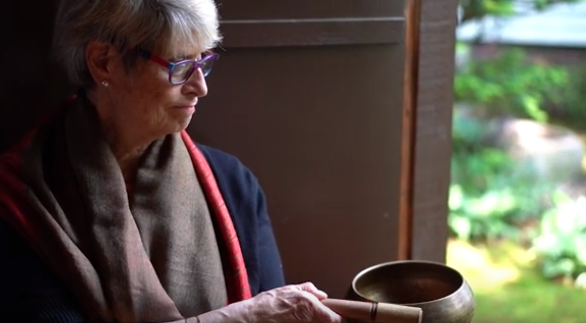
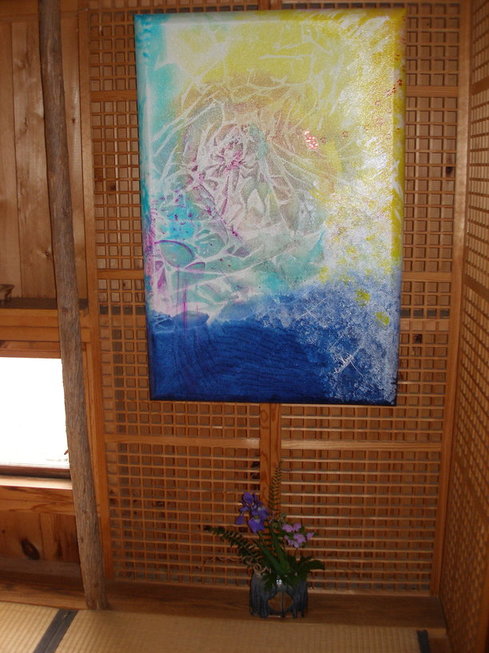
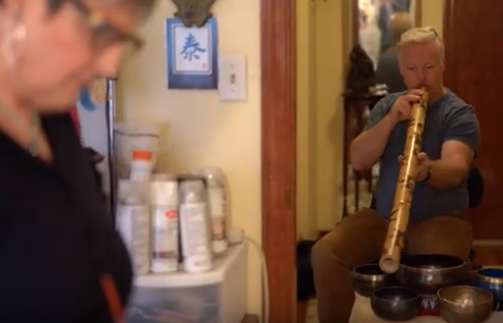
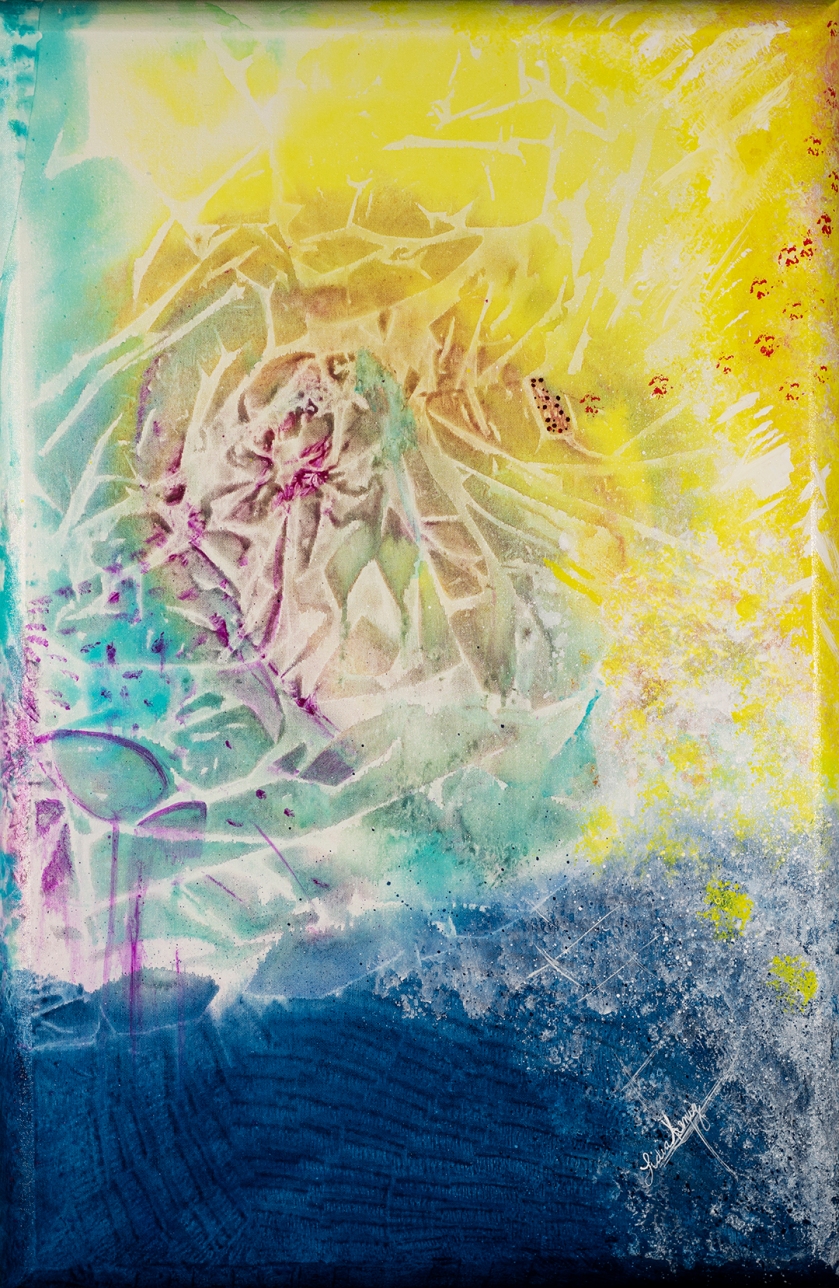 Photo of Lidia’s painting by Jean Abate, Framing & Fine Art Reproduction Specialist, Northeast Digital Imaging, Salem, NH
Photo of Lidia’s painting by Jean Abate, Framing & Fine Art Reproduction Specialist, Northeast Digital Imaging, Salem, NH